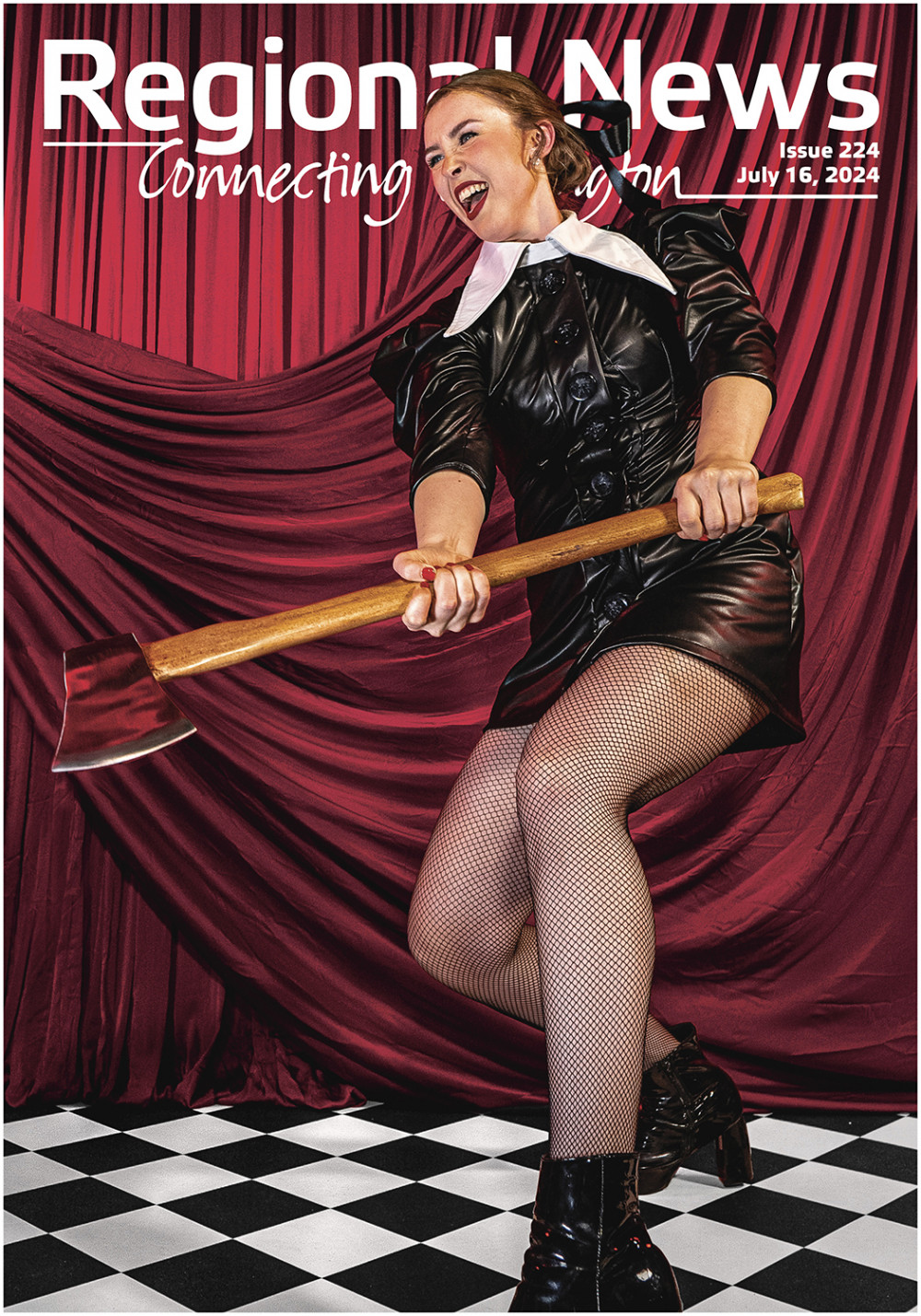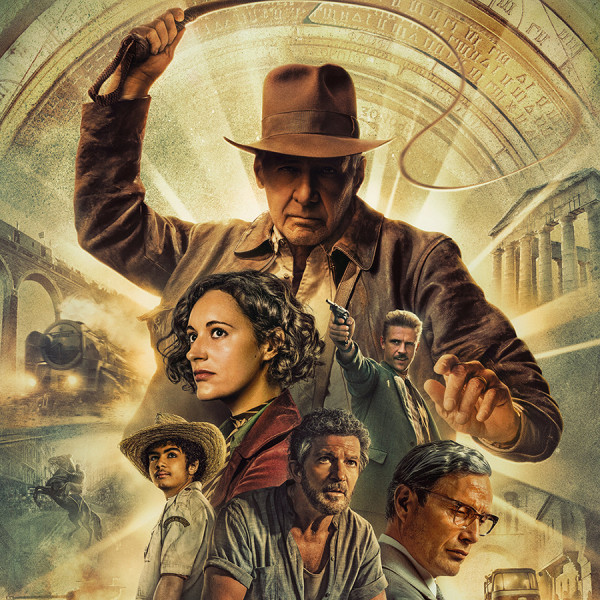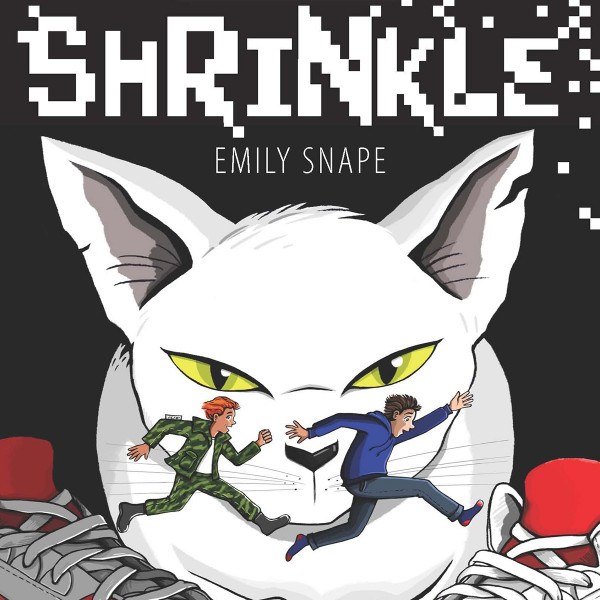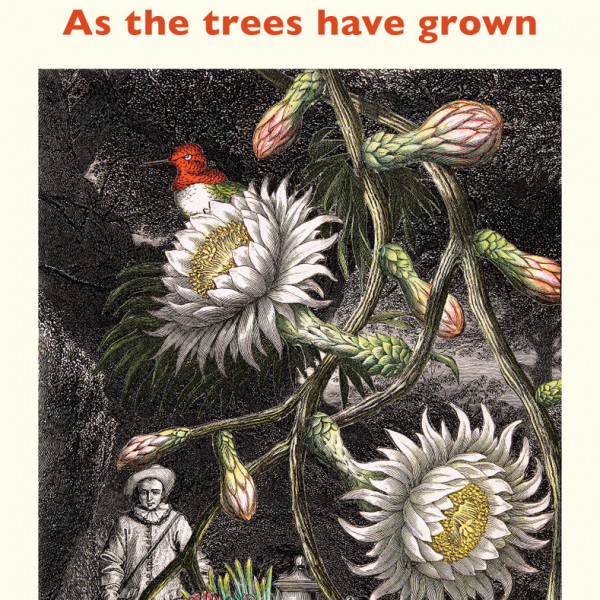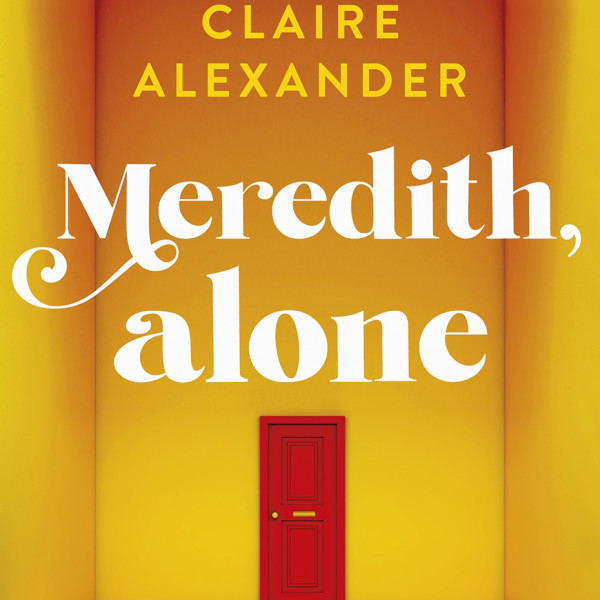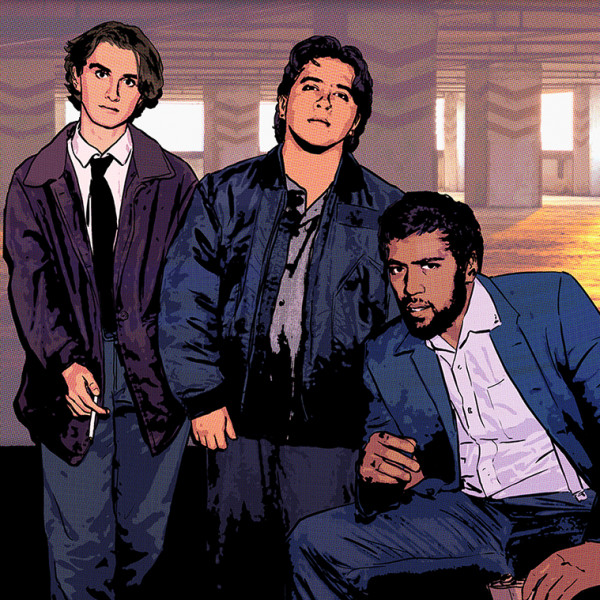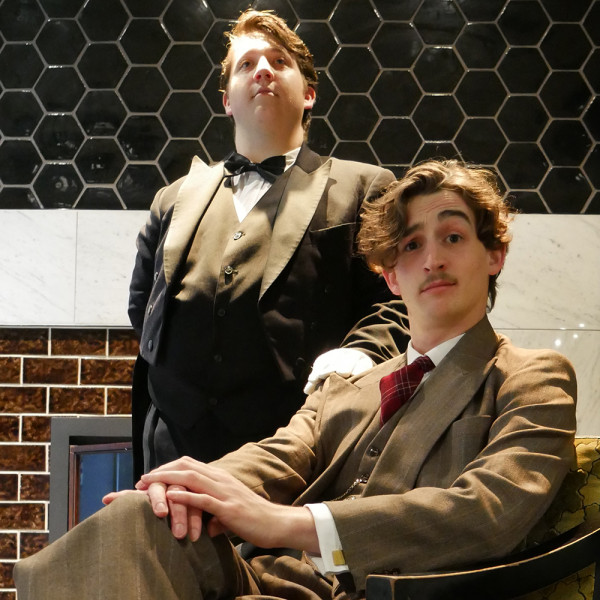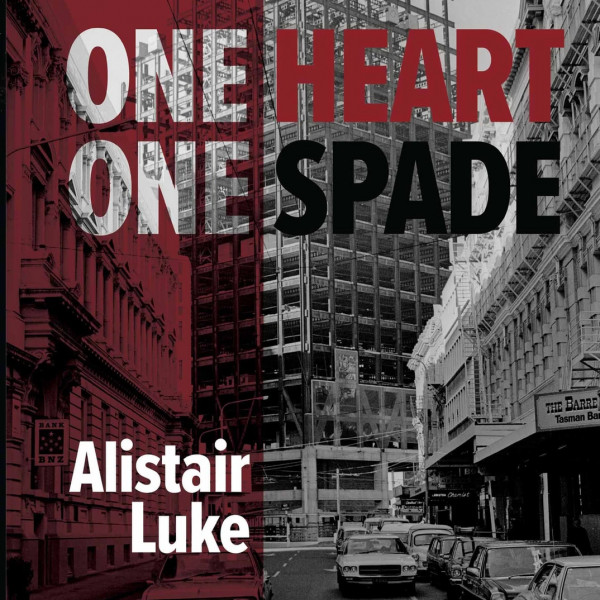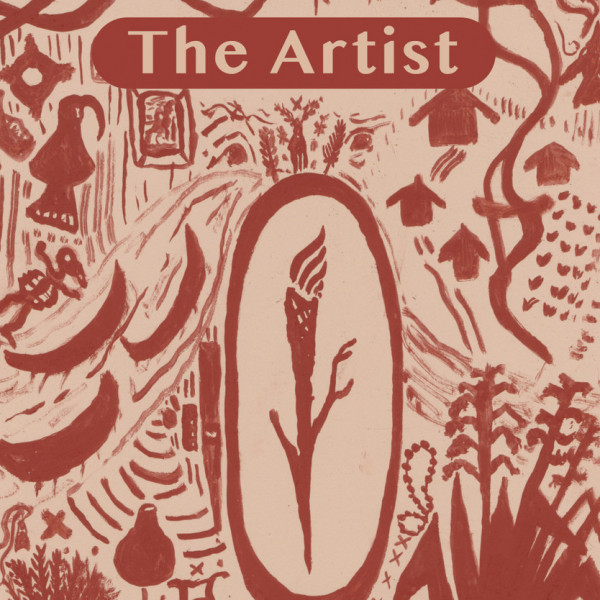
Enigma
Presented by: NZSO National Youth Orchestra
Conducted by: Giancarlo Guerrero
Michael Fowler Centre, 30th Jun 2023
Reviewed by: Tamsin Evans
Members of the NZSO National Youth Orchestra (NYO) meet each other once a year for a full week of rehearsals before they perform together. It sounds a little like cramming before a test, but the skills and musicianship demonstrated by these remarkable young people were the product of much more than a term’s worth of work.
The NYO had what must have been the absolute pleasure of working with a conductor whose sheer delight in the experience was evident to all of us in his energy and empathy. Giancarlo Guerrero’s directing style seems perfect for young musicians in particular. It is dynamic, energetic, dramatic, and empathetic all at once.
This was a demanding programme. In the convergence of oceans by Nathaniel Otley (2023 NYO composer-in-residence), the orchestra was immediately and literally in deep water. At times more an acoustic experience than conventional musical composition, the use of found percussion instruments added particular interest. This piece would have presented new challenges for some of the young musicians, but they were very comfortable with their debut.
Aaron Copland was the American composer in the show. We heard his Billy the Kid: Suite and it was every bit as evocative as the title suggests. The orchestra did an excellent job bringing to life Guerrero’s version of a young man’s action-filled life.
The finale, Elgar’s Variations on an Original Theme (Enigma) is a crowd pleaser, well known and difficult to make special. However, Guerrero’s interpretation and direction to the NYO produced an uplifting and exciting performance. It really felt like something new, which is no mean feat when you consider it was written by an Englishman over 100 years ago.
The 80 or so musicians who journeyed with us from the deep ocean to the open prairie and then to the English countryside proved their versatility and talent. The future of orchestral music is safe in their hands.



